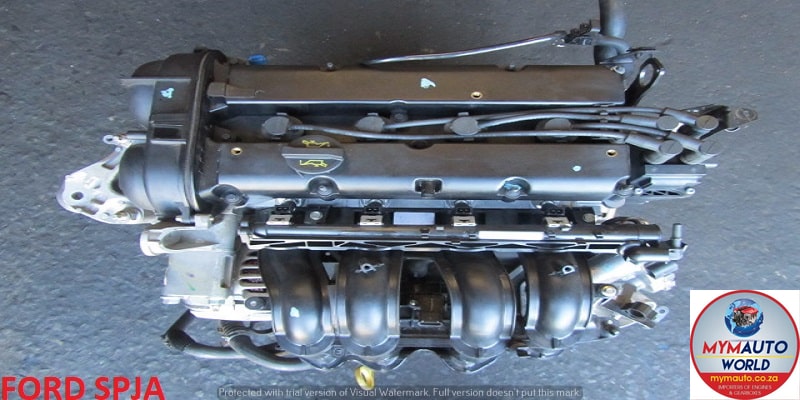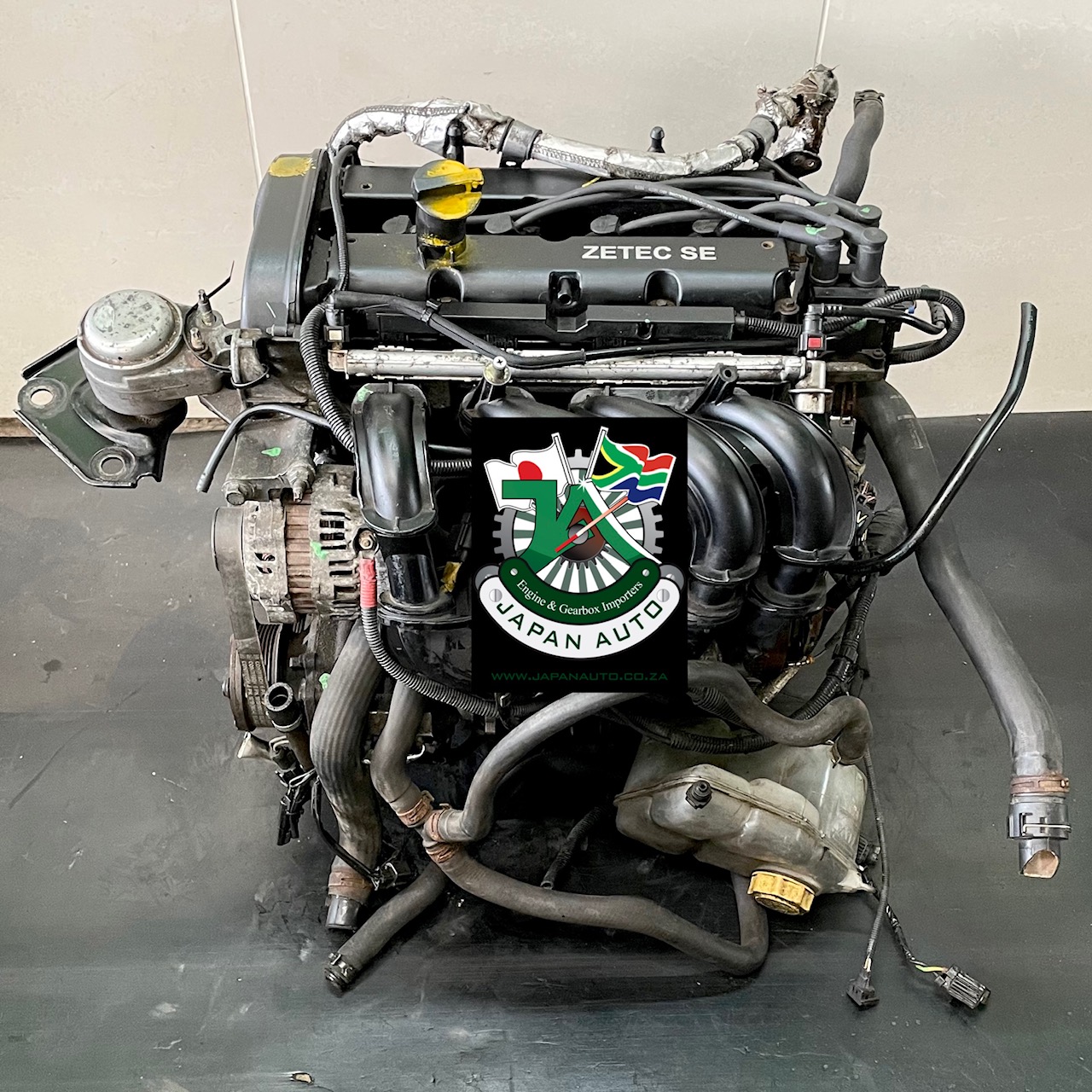Exploring the Evolution of Engines: From Timeless Designs to Modern Marvels
The advancement of engine technology represents a substantial narrative in the background of development, marked by crucial developments that have constantly redefined transportation and industry. From the first heavy steam engines that powered the Industrial Revolution to the development of internal burning engines that transformed movement, each phase has added to greater efficiency and capacity. Currently, the change to electrical power signifies not only a technical change but additionally a more comprehensive commitment to environmental sustainability. As we examine these milestones, one need to think about just how the future of engine design might unfold, testing our perceptions of power and performance.
The Birth of Engine Technology
The arrival of engine technology marked a turning point in human innovation, transforming energy conversion and transportation. The earliest engines arised from the demand to harness mechanical power for useful use, resulting in the growth of tools that transformed numerous energy forms into movement. The concept of the engine can be mapped back to old human beings, where straightforward equipments, such as the waterwheel and windmill, made use of all-natural forces to do job. It was during the late 17th and early 18th centuries that substantial innovations started to emerge.
The development of the interior burning engine and the development of the steam engine militarized a profound shift in industrial abilities. These engines not just enhanced effectiveness however also broadened the extent of human movement, enabling extraordinary transportation opportunities. The very early prototypes prepared for the mechanical globe, helping with the increase of markets and improving societal structures.
As engine designs progressed, they incorporated cutting-edge products and progressed engineering concepts, leading the way for modern-day developments - ford fiesta engine. The birth of engine innovation stired up an unrelenting search of performance and power, setting the stage for the vibrant evolution of transport and commercial machinery that would adhere to
Heavy Steam Engines and Their Impact

The heavy steam engine's effect was particularly apparent in the transport sector (ford fiesta engine). Steam-powered engines assisted in the rapid activity of products and people across large distances, properly shrinking the geographical obstacles that had actually previously hindered trade and communication. Likewise, steamships reinvented marine traveling, permitting for quicker and much more reliable crossings of oceans and rivers.
In industry, vapor engines powered manufacturing facilities, allowing mass manufacturing and the increase of city facilities as centers of financial task. Heavy steam modern technology promoted advancements in engineering and production procedures, laying the foundation for future innovations in engine layout.
The Increase of Internal Burning
Often outweighing steam power, the surge of internal combustion engines noted a transformative change in transportation and market during the late 19th and early 20th centuries. The advancement of these engines, characterized by their capability to melt fuel within the engine itself, enabled higher efficiency and power compared to standard steam engines. Introducing creators such as Nikolaus Otto and Rudolf Diesel played essential duties in improving engine layouts, leading to widespread fostering in cars, boats, and commercial equipment.
The interior burning engine's small dimension and reasonably light-weight nature facilitated the appearance of personal vehicles, changing private movement and improving metropolitan landscapes. By enabling faster traveling and the efficient transportation of goods, these engines militarized economic development and fostered globalization. The versatility of fuel alternatives, including fuel and diesel, further enhanced their charm, enabling varied applications throughout different sectors.
In spite of the ecological issues that would certainly later emerge, the preliminary appeal of interior burning innovation stocked its transformative possibility. As society welcomed this development, the structure was laid for modern transport systems, establishing inner combustion engines as a foundation of industrial development and every day life throughout the 20th century.
Developments in Engine Effectiveness
As inner combustion engines ended up being integral to transportation and market, the focus changed in the direction of enhancing their efficiency to meet expanding needs for performance and sustainability. Advancements in engine design, product science, and technology have actually considerably added to this development.
One major development is the advancement of turbocharging, which enables enhanced air consumption, causing even more full gas combustion and enhanced power outcome without increasing the size of engine size. Furthermore, variable shutoff timing systems have actually been carried out to maximize engine efficiency across different RPM varieties, thus boosting gas performance.
The application of innovative fuel shot modern technologies, such as straight shot, has likewise played a crucial role. This method enables even more specific control over the fuel-air blend, advertising far better burning and decreasing emissions. Lightweight materials, consisting of aluminum and composite components, have over here actually been embraced to reduce total engine weight, leading to enhanced efficiency.
These advancements mirror a wider fad within the auto market, where the synergy in between design technology and environmental considerations drives the continuous quest for greater efficiency in internal burning engines. As an outcome, modern engines are now much more powerful, cleaner, and reliable than ever previously, paving the method for a more sustainable future in transportation.
The Change to Electric Power
With growing issues over environmental influence and nonrenewable fuel source reliance, More about the author the automotive market is experiencing a considerable shift in the direction of electrical power. This transition is driven by a mix of technological innovations, regulatory pressures, and changing consumer choices. Electric cars (EVs) use an engaging alternative to conventional inner combustion engines, boasting reduced greenhouse gas emissions and lower operating expenses.
The surge of battery modern technology has been a video game changer, with lithium-ion batteries ending up being more effective and cost-efficient. Enhanced energy thickness and faster billing capacities have made EVs a lot more sensible for everyday usage. Federal governments worldwide are carrying out motivations and setting ambitious targets for phasing out fossil fuel automobiles, therefore increasing the fostering of electric power.
Major automakers are investing heavily in research study and advancement, bring about the intro of a varied variety of electrical versions. This consists of not just guest cars and trucks but also commercial vehicles and public transportation solutions. As charging infrastructure expands and battery technology remains to boost, the shift to electrical power is positioned to improve the automobile landscape, advertising sustainability and technology in the years ahead. The future of transport is electric, and the momentum is obvious.
Conclusion
The advancement of engine modern technology represents a considerable trajectory of development that has greatly affected transport and market. From additional reading the foundational vapor engines to the transformative internal combustion engines, each advancement has actually added to enhanced movement and economic growth. The present shift towards electric power underscores a crucial dedication to sustainability, driven by improvements in battery technology. This recurring development not only mirrors altering social needs yet additionally highlights the potential for a cleaner and extra efficient future in engine style.
